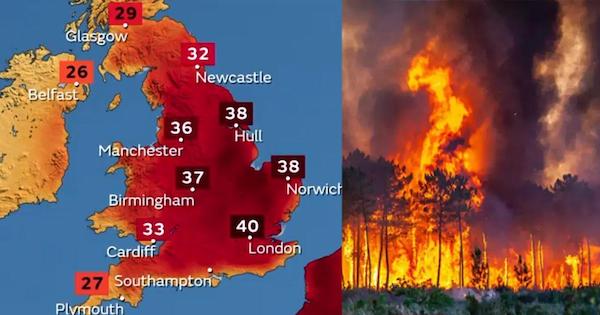

(quote)
World Environment Day: To Beat Air Pollution, Make The Invisible Visible
One of our most precious resources is often taken for granted and invisible unless it becomes visible. We don’t give the air around us much thought in our daily lives, except when it becomes unbearable to breathe due to fumes or other causes of air pollution. Or, if it becomes too scarce.br>
This year’s World Environment Day is putting a spotlight on fighting air pollution. The National Geographic Magazine describes air pollution as a “mix of particles and gases that can reach harmful concentrations both outside and indoors. Its effects can range from higher disease risks to rising temperatures.” Examples of pollutants are smoke, mold, pollen, methane, and carbon dioxide.
Every year approximately seven million people die from air pollution, according to the World Health Organization. Research has linked air pollution as the cause of cancer, heart disease, stroke, and respiratory diseases such as asthma. Especially children are affected. Breathing dirty air can slow the mental development of children and cause wide-ranging health problems. Even worse, air pollution is 10 percent of the cause of death among children. Just looking at the U.S., more than 40 percent of Americans are at risk of disease and premature death due to air pollution, according to the American Lung Association.
Air pollution, explained: Pollutants in the air aren’t always visible and come from many different sources.
In the U.S., one measure of outdoor air pollution is the Air Quality Index, or AQI which rates air conditions across the country based on concentrations of five major pollutants: ground-level ozone, particle pollution (or particulate matter), carbon monoxide, sulfur dioxide, and nitrogen dioxide. Some of those also contribute to indoor air pollution, along with radon, cigarette smoke, volatile organic compounds (VOCs), formaldehyde, asbestos, and other substances.
Poor air quality kills people. Worldwide, bad outdoor air caused an estimated 4.2 million premature deaths in 2016. Indoor smoke is an ongoing health threat to the 3 billion people who cook and heat their homes by burning biomass, kerosene, and coal. Air pollution has been linked to higher rates of cancer, heart disease, stroke, and respiratory diseases such as asthma.
Air pollutants cause less-direct health effects when they contribute to climate change. Heat waves, extreme weather, food supply disruptions, and other effects related to increased greenhouse gases can have negative impacts on human health. The U.S. Fourth National Climate Assessment released in 2018 noted, for example, that a changing climate “could expose more people in North America to ticks that carry Lyme disease and mosquitoes that transmit viruses such as West Nile, chikungunya, dengue, and Zika.”
Trees are awesome: Study shows tree leaves can capture 50%+ of particulate matter pollution
From a study by Lancaster University in the U.K: “the team placed a screen of 30 young silver birch trees in wooden planters in front of four of the houses, including one of the control houses, for 13 days. Wipes from all eight houses showed that ones with the tree screens had 52 to 65% lower concentrations of metallic particles. A comparison of all of the dust monitoring data from the two original control houses confirmed that drop, showing a 50% reduction in PM1, PM2.5, and PM10 in the house with the trees in front.”
15 houseplants for improving indoor air quality
In the late ’80s, NASA and the Associated Landscape Contractors of America studied houseplants as a way to purify the air in space facilities. They found several plants that filter out common volatile organic compounds (VOCs). Lucky for us, the plants can also help clean indoor air on Earth, which is typically far more polluted than outdoor air. Other studies have since been published in the Journal of American Society of Horticultural Science, further proving the science.
(unquote)
Image courtesy Getty and Wikimedia






